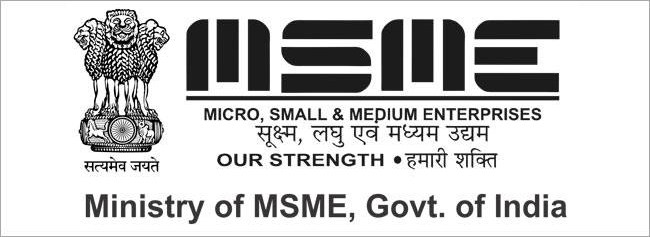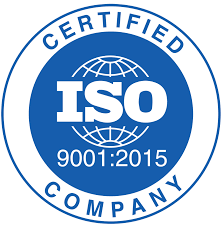API 1169 Training
API 1169 – Pipeline Inspector Exam Preparation course is designed to maximize your success in passing the \API 1169 – Pipeline Inspector Certification Examination by teaching you by online and offline.
We teach you to understand the API Body of Knowledge specifies and what it requires the candidates know and to reference the ASME and API codes during the examination and to address the calculations required for successfully attending API ICP exam.
contractor
An entity that includes the primary organization and any subcontractors engaged in pipeline construction covered by this RP.
inspector
An individual qualified to monitor, assess, evaluate, verify, discuss, decide, resolve, report, and document pipeline construction activities to ensure the requirements of the design, drawings, specifications, regulations, and industry practices are being met safely, efficiently, and in an environmentally sound manner.
owner/operator
An entity, usually a pipeline company, who owns and/or operates and is responsible for pipeline or other utility assets.
Abbreviations
ACI American Concrete Institute
BMP best management practices
CERCLA Comprehensive Environmental Response, Compensation and Liability Act
CFR Code of Federal Regulations
CP cathodic protection
dbA decibels measured on A scale
FWPCA Federal Water Pollution Control Act, aka Clean Water Act
HAZCOM hazard communication
HAZMAT hazardous material
HDD horizontal directional drilling
HVAC high voltage alternating current
GPS global positioning system
IDLH immediately dangerous to life and health
JSA job safety analysis
LFL lower flammable limit
LOTO lockout/tagout
MARSEC Marine Security
MOC management of change
MSDS material safety data sheet
PE professional engineer
PEL permissible exposure limit
PPE personal protective equipment
RCRA Resource Conservation and Recovery Act
ROW right-of-way
RP recommended practice
SCBA self-contained breathing apparatus
SPCC spill prevention, control, and containment
SWP3 storm water pollution prevention plans
TWIC Transportation Worker Identification Card
Personal Protective Equipment (PPE)
General
The JSA (5.2) identifies hazards that necessitate the use of PPE. Inspection personnel should know when personal protective equipment (PPE) is necessary, what PPE is needed, and how PPE is to be properly used, including its limitations. Typically, PPE for pipeline construction includes but is not limited to approved eye, head, foot, hand, and hearing protection; safety apparel; respiratory devices; and various protective shields.
Eye Protection
Eye protection includes safety glasses, safety glasses with side shields, goggles, face shields, and welding goggles and hoods. The type of eye protection required will depend on the hazard encountered.
Head Protection
Generally, head protection (approved hard hats) is required when injury could occur from impact or electrical shock. Normally, hard hats are worn at all times on every construction site or when otherwise dictated by owner/operator and contractor requirements.
Foot Protection
Approved foot protection is also a standard requirement on construction sites. This protection includes boots or shoes of leather or leather-type construction that cover the entire foot along with safety toes.
Hand Protection
Approved gloves should be worn depending on tasks involved
Hearing Protection
Hearing protection is used when the work environment noise level exceeds 85 dbA over an 8-hour period based a noise level survey. This protection includes ear plugs or ear covers with suitable noise reduction factors.
Wearing Apparel
Approved clothing identified in the JSA or depending on the tasks involved that protects against work hazards and the environment are required. For example, apparel could minimally include: fire retardant clothing, chemical resistant suits, leather for metal spark protection, etc.
Respiratory Protection
This protection involves proper use of air-purifying respirators, air-supplied respirators, or self-contained breathing apparatus (SCBA). The type of respirator depends on the type of hazard encountered. Users of this equipment should have knowledge of owner/operator and contractor requirements and be trained in its use, especially mask fit test and the operation of the devices.




